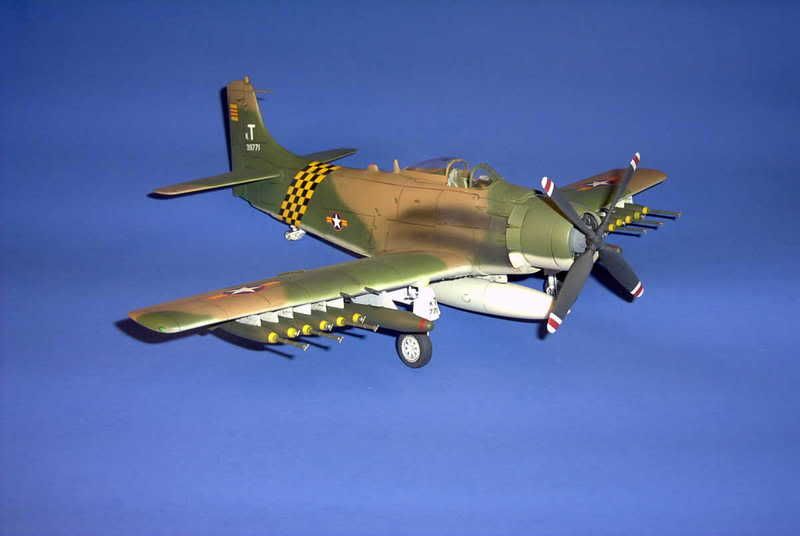I’m a devout rattle-can user… Excpet for the finer stuff that only an airbrush can do, like dusting, fading, and other special FX, a rattle can finish is quite east to do once you understand how to control it…
Feathered edges are accomplish via the masking tape not being pushed down on the odel, but folded under about an 1/8th-inch, leaving a soft edge…
Simple camouflage schemes are rattle-can specialties… Overall OD on a tank, why airbrush it if the right shade is already there… Same with German Dunkelgelb, Russian Green, whatever you want…
Nothing to it… You just use charcoal instead of paint on the brush…
Pastels are what I use for any kind of exhaust or gun-stains… Way more control over the color and intensity of it, plus mistakes can be wiped off instantly… Try that with an airbrush…[;)]
I do use an airbrush, but only for special applications where a fine paint-line is needed… for over painting of one-two, and three-color camouflages, rattle cans are fine…
Sure, there’s a lot of over-spray, but I don’t mind it, don’t mind the smell (actually, I like it), and one can of paint is good for several models… Need clear coats? Rattle can Dulcoat or Glosscoat… Done in 60 seconds…
Airbrushing IS and art-form and takes practice, pratice, practice… It’s also a difficult tool to master, although it can be tamed to work for a beginner rather quickly… But like you said, the constant clean-up of the thing is why I only use mine for special jobs…
I’d be happy to show you some tricks and tips I’ve learned from using rattle-cans for thirty years… One right now… Before a painting session, warm the cans in a pan of hot water (about 120 F) for a few minutes… This will make the paint come out in a finer mist…
Contact me back-channel for anything you need in the way of help…
CAF P-82, rattle black, rattle-can clear satin:
!(http://img.photobucket.com/albums/v233/HansvonHammer/Screenshots/Models/Finished P-82/FinishedModelCraftP-82011.jpg)
Rattle-can Model Master Dunklegelb;
!(http://img.photobucket.com/albums/v233/HansvonHammer/Screenshots/Models/Tamiya Marder III/TamiyaMarderIII006.jpg?t=1241854555)
Rattle-can semi-gloss white, oversprayed with flat clear.:
!(http://img.photobucket.com/albums/v233/HansvonHammer/Screenshots/Models/Monogram Mafia/MonogramMafiaJu87003.jpg)
After pastel w/ brush weathering:
!(http://img.photobucket.com/albums/v233/HansvonHammer/Screenshots/Models/Monogram Mafia/MonogramJu87004.jpg?t=1300453454)
ModelMaster OD, Testor’s red rattle can
!(http://img.photobucket.com/albums/v233/HansvonHammer/Screenshots/Models/P-39 GB/OldCrowDiorama013.jpg?t=1266339998)
Rattle-can camo- MM for both colors, underside Wal-Mart grey primer- Pastel exhaust staining…
, …
!(http://img.photobucket.com/albums/v233/HansvonHammer/Screenshots/Models/P-39 GB/ARIIP-40004.jpg?t=1265183504)
!(http://img.photobucket.com/albums/v233/HansvonHammer/Screenshots/Models/P-39 GB/ARIIP-40006.jpg?t=1265183321)
Anyway, all I’m pointing out is that there’s nothing “wrong” with using rattle-cans… With a liitle practice (far less than an airbrush), and knowing a few masking tricks, they turn out pretty good…
